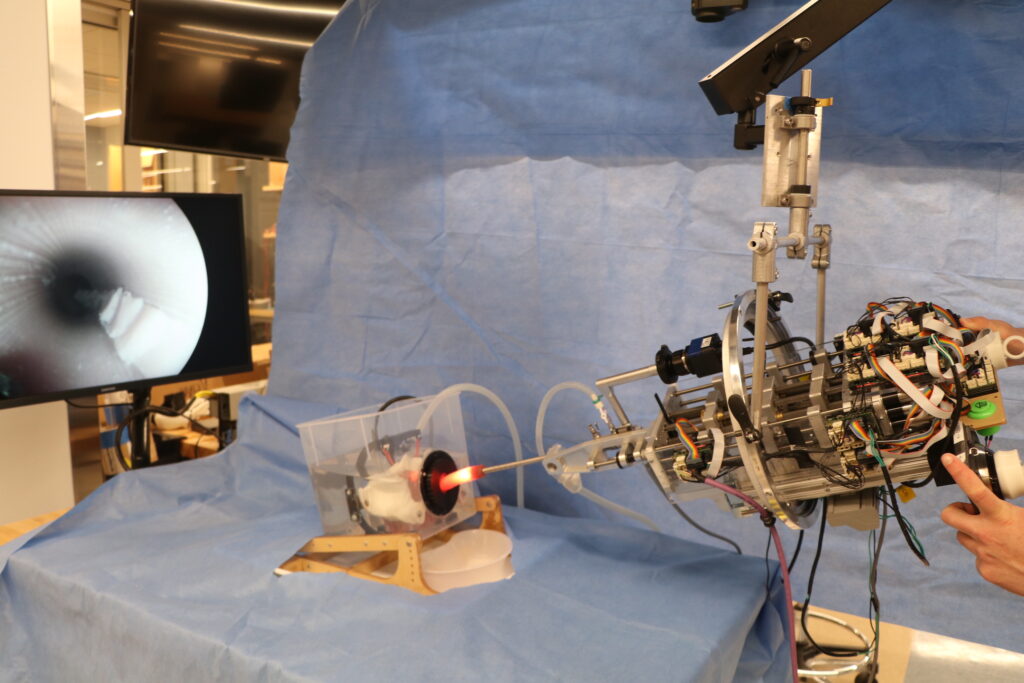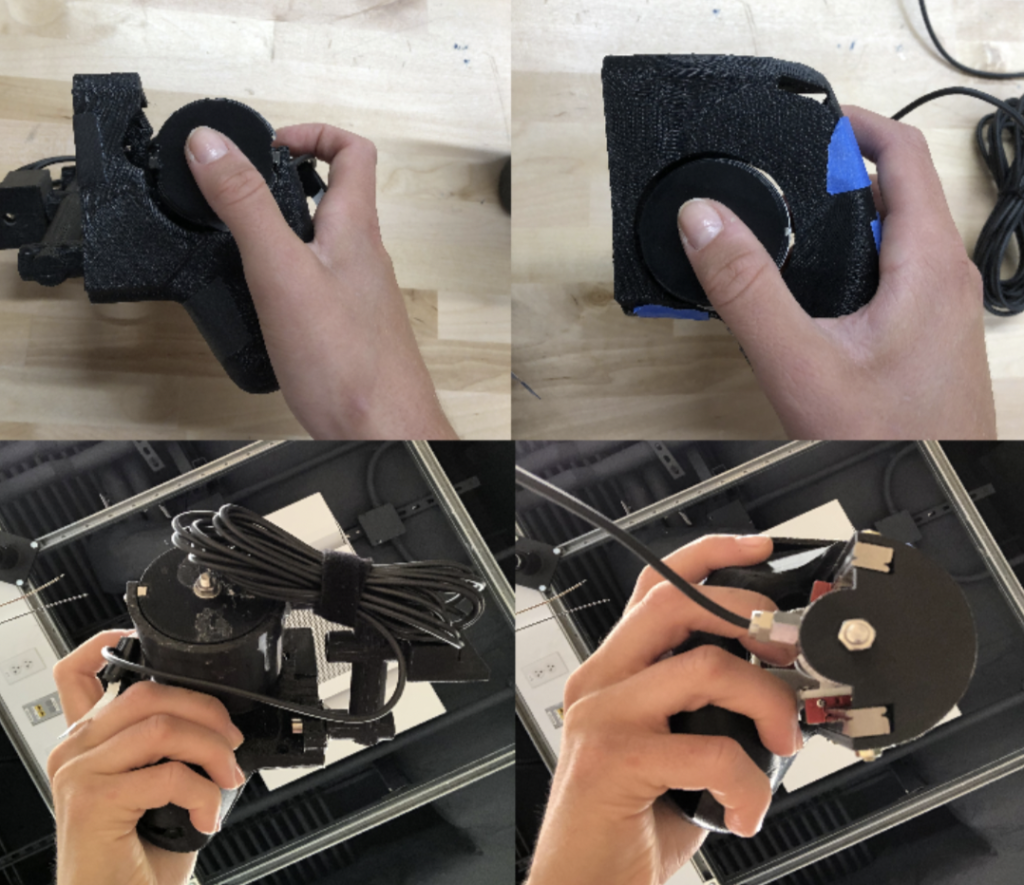Claudia Shi | November 4, 2022
With the aid of robotics in medicine, surgeons are potentially able to perform surgeries with greater flexibility and fewer accidents. It is possible that problems with scarring, surgeon performance anxiety, and infection will no longer exist with the invention of surgical robots.
Last week I interviewed Shannon Alptekin, who did her freshman year summer research in the field of surgical robotics with Dr. Robert Webster in MEDlab. They were working on a suturing concentric tube robot used during intraluminal anastomosis, which is the process of suturing blood vessels in the lumen area, for post-prostatectomy. Needle arms of the concentric tube robot can grasp the suture through tissues and pull the suture out. The surgeon will be sitting behind the user interface with an endoscope display with images delivered by a camera on the concentric tube robot.
Before she came into the lab, the robot was already functional, so she worked on improving the design of the robotic user interface. The original design consisted of a touchpad on a game controller with haptic force feedback in the x, y, and z directions. Using SolidWorks, a CAD (computer-aided design) software, Altekin adjusted the touchpad location and the game controller structure for a more comfortable hand placement for surgeons with various hand sizes while ensuring original functionality. After shifting the cylindrical structure, which contains necessary instructions for haptic feedback, to the left backside of the device, Alptekin made sure the index finger can wrap around the new device and surgeons would be able to have a firmer grasp. With a better control of the device, surgeons can perform procedures with more precision and convenience.
As for future advancement in this project, Alptekin expressed her excitement in changing the interface into a touchscreen with enhanced sensitivity and experimentation with different interfaces. “I hope my effort contributed to the field of minimally invasive surgery by adding to its literature and technology. Though I was only able to begin this project during the 10 weeks in MEDlab, I’d love to seek further development on the project that maximizes surgeons’ control.”
After hearing about how she implemented her research during the first year at Vanderbilt, I was deeply impressed by her devotion, creativity, and technical perspectives during this process. Though previous experiences were not strongly required, Alptekin had exposure to computer programming, Arduinos, and CAD design prior to her research at Vanderbilt. When I asked her about how to get involved with advanced research as a first year, she said, “Don’t wait until the last minute. Plan ahead and be persistent. And don’t underestimate being passionate to learn.”
Citation
Shi C, Alptekin S. Interview with Shannon Alptekin. 2022.

